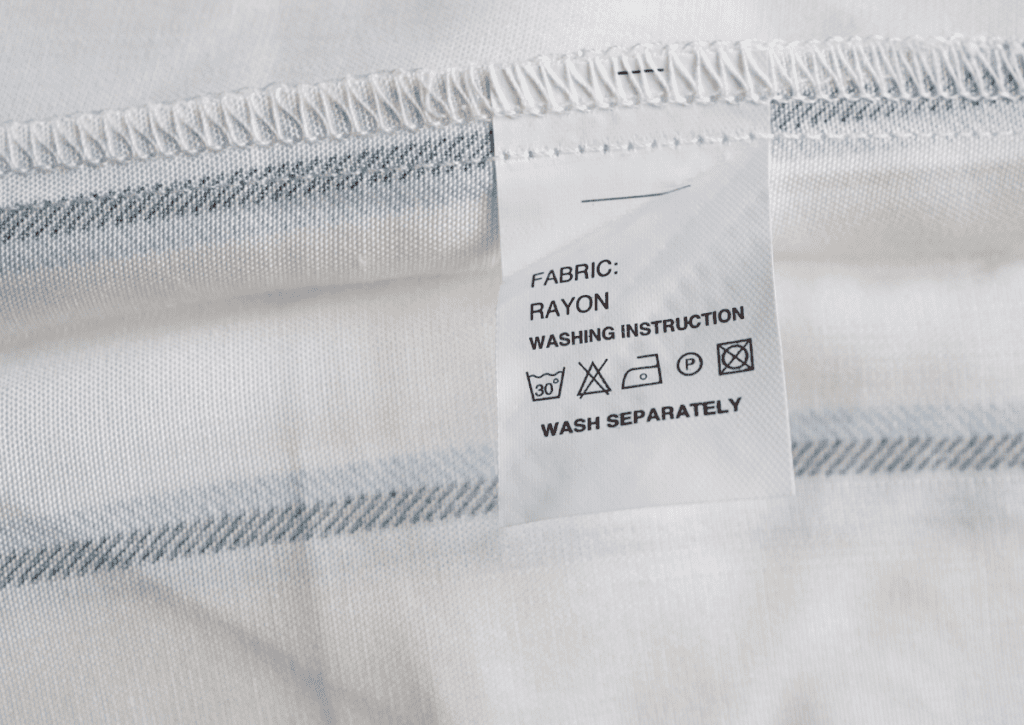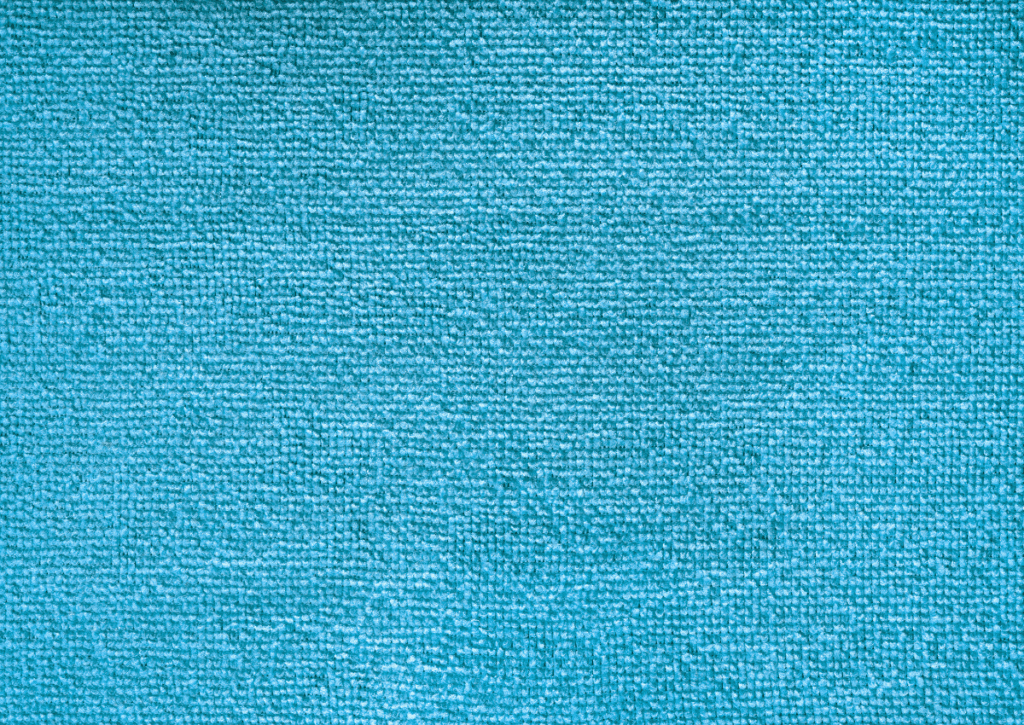If you’re interested in fashion and sewing, you should learn more about synthetic fabrics. Understanding what they are, how they’re made, and their pros and cons can help you make better choices regarding clothing and textiles. This guide to synthetic fabrics dives into everything you need to know to make informed decisions.
What are Synthetic Fabrics?
In today’s consumerist world, synthetic fabrics dominate the market.
Synthetic fabrics, often referred to as man-made or artificial fabrics, are materials created by humans through chemical processes. These fabrics mimic or enhance the characteristics of natural fibres like cotton, silk, and wool.
Synthetic fabrics are popular because they are durable, easy to care for, and can be made in a wide range of colours and textures. They are also often less expensive than natural fabrics like cotton and wool. However, some people find synthetic fabrics less comfortable than natural fabrics, particularly in hot or humid weather.
They have gained popularity in the textile industry due to their versatility, durability, and cost-effectiveness. Corporations use cheap synthetic materials to make mass-produced clothes and homewares, resulting in short-lived products that require frequent replacement. Crazy huh!
In my guide to fabrics, I dive into the differences between woven and knit fabrics and natural and synthetic fibres. In this blog, I focus specifically on various types of synthetic fabrics. Let’s jump into it!

As an Amazon Associate, I earn from qualifying purchases. Read my full disclosure here.
How Are Synthetic Fabrics Made?
Did you know synthetic fabrics are made from petrochemicals and other chemical compounds? The production process usually involves these steps –
1. Polymerization – To make materials like polyester, nylon, and acrylic, we start by creating polymers. These are simply long chains of repeating molecules!
2. Extrusion – The process involves melting the polymer and pushing it through small holes to create fibres.
3. Cooling and Solidification – Once the fibres are pushed through the machine, they are cooled and hardened to produce the perfect texture and durability.
4. Spinning and Weaving – The process involves spinning the fibres into yarns or weaving them directly into the fabric.
5. Finishing – Sometimes, the fabric can receive extra treatments like dyeing, printing, or coating, depending on the type being made.
Types of Synthetic Fabrics
1. Polyester
Polyester is a very popular synthetic fabric used for many different things. It’s strong and can last a long time, so it’s often used for clothes, bedding, and sportswear. Some say it’s not as breathable as other fabrics and might hold on to smells more. Sometimes, polyester is mixed with other materials like nylon to make cheaper clothing, like knit sweaters. If you’ve ever seen a linen-look fabric, it might be made from polyester and linen fibres.

2. Nylon
Nylon is an amazing synthetic polymer! It’s known for being incredibly strong and stretchy and used in various things like workout clothes, socks, and outdoor gear. One of the coolest things about nylon is that it’s really good at wicking away moisture, which means you’ll stay nice and dry even when you’re working up a sweat. It’s perfect for active people who want to feel comfortable and stay cool during their workouts.

3. Acrylic
Acrylic, a synthetic fibre, is known for being lightweight, soft, and resilient. This versatile material is commonly used in the fashion industry, particularly for crafting sweaters, blankets, and faux fur. Its ability to retain its shape even after repeated use and washes makes it a popular choice among designers and consumers. Acrylic is hypoallergenic and does not cause irritation, making it a safe and comfortable option for sensitive skin users.

4. Spandex
Did you know that spandex is also known as Lycra or elastane? It’s a super stretchy synthetic fibre used in all kinds of clothing, from activewear to swimwear and even form-fitting outfits. The best part is that it can stretch up to 600% of its original length without losing shape, which means it’s perfect for clothes that need to fit snugly and comfortably. Plus, spandex is durable and can withstand chemicals and abrasion, making it a great choice for clothes you wear and wash often.

5. Rayon
Rayon is a textile created from natural cellulose, although it is classified as a semi-synthetic fabric due to the chemical process it undergoes during production. It is widely used in the fashion industry due to its softness, breathability, and versatility. Rayon can be found in various clothing items, from dresses and blouses to pants and skirts. Despite being derived from natural sources, rayon is still considered a man-made material and is often compared to silk due to its lustrous appearance and draping qualities.
Some sustainable rayon fabrics are Tencel, Lyocell and Modal. Learn more about sustainable fabrics.

6. Microfiber
Microfiber fabric is composed of ultra-fine fibres, which are typically made from materials such as polyester or nylon. These fabrics have gained popularity recently due to their exceptional moisture-wicking properties, making them a favoured choice for cleaning products. Their unique composition allows them to effectively absorb and wick away moisture, leaving the surface of the fabric feeling dry and comfortable. Microfiber fabrics are known for their high durability and resistance to wrinkling, making them a practical and long-lasting choice.

The Pros and Cons of Synthetic Fabrics
Pros
Here are some reasons why synthetic fabrics are a popular choice:
- Durability – Synthetic fabrics tend to be more durable and better able to withstand wear and tear than some natural fibres. This depends on the fabric production quality and the item itself.
- Affordability – They are often less expensive, which means that fashion can be accessible to more people.
- Versatility – Synthetic fabrics can be designed to have specific qualities that make them suitable for a wide range of uses.
- Quick Drying – Many synthetic fabrics dry quickly, which makes them perfect for activewear and outdoor clothing.
Cons
There are several reasons why synthetic fabrics may not be the best textile choice:
- Environmental impact – Synthetic fabrics often involve non-renewable resources and can release harmful chemicals into the environment. One of the biggest resources is oil, yikes!
- Breathability – Certain synthetic fabrics, such as polyester, may not allow proper ventilation, leading to discomfort.
- Microplastic pollution – Synthetic fabrics can shed microplastic particles during washing, contributing to ocean pollution.
- Odour retention – Some synthetic fabrics tend to retain odours, which can require more frequent washing.
Synthetic Fabrics Conclusion
In conclusion, synthetic fabrics offer various options for clothing and textile projects, each with advantages and disadvantages. When choosing synthetic fabrics, considering your needs and priorities, including sustainability and comfort, is essential. As with sustainable fabrics, certifications like Oeko-Tex and Bluesign can help you make informed choices and contribute to a more eco-conscious fashion industry.